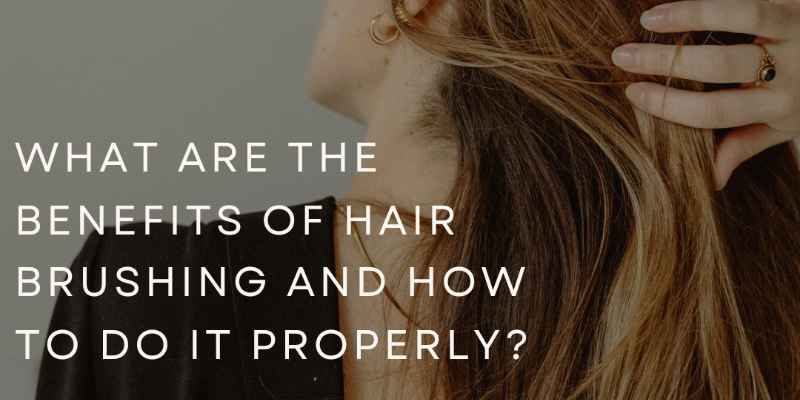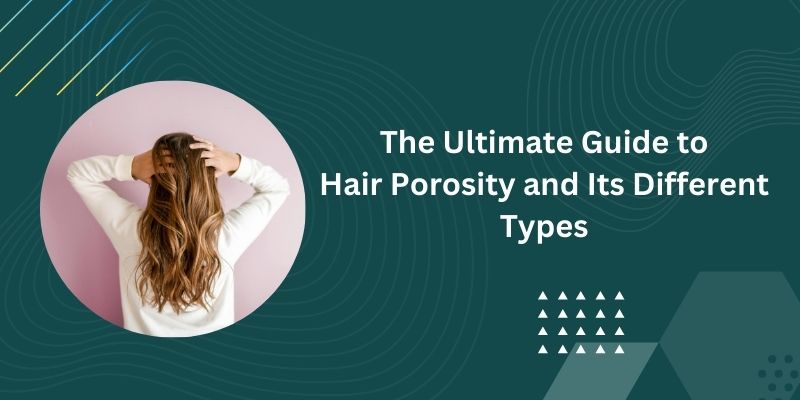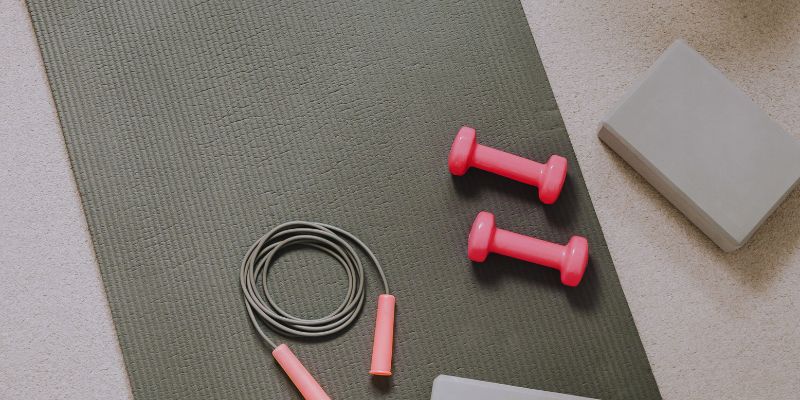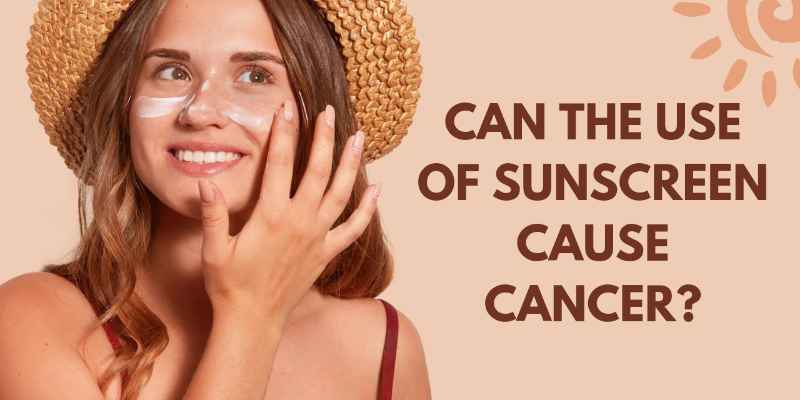Crafting the Perfect Hair Care Routine for Your Needs
Hair is called a "crowning glory," and with good reasonit affects how we look and feel. Hair care is about keeping your hair healthy and looking and feeling its best. Personalizing your hair care regimen is vital for reaching hair goals and meeting demands. A regular regimen offers long-term advantages, whether you want smooth, lustrous hair or a frizz-free finish. In this thorough guide, we'll cover a step-by-step hair care regimen, how to customize it, and how to keep beautiful, healthy hair.

Hair Care Routine Steps
Good hair health starts with a regimen that suits your hair type, lifestyle, and surroundings. A six-step strategy may help you reach hair objectives.
Cleansing
The first step in hair care is cleansing. A clean scalpthe basis of strong, attractive hairremoves debris, excess oil, and product accumulation. Consider hair type and scalp condition while selecting shampoo:
- Dry hair: Hydrate and prevent brittleness using shampoos containing argan oil, coconut milk, or shea butter.
- Oily hair: Use clarifying shampoos with tea tree oil or salicylic acid to reduce sebum without drying out.
- Shampoos with zinc pyrithione or ketoconazole reduce dandruff and itching.
Frequency matters. Too frequent washing strips hair of natural oils, while infrequent cleaning causes product buildup and plugged follicles. Try to balance your hair's requirements and activity level.
Conditioning
Restoring moisture and smoothness after cleaning requires conditioning. Conditioners detangle, smooth, and shine hair. To avoid oily hair, apply conditioner from mid-lengths to ends, avoiding the scalp. Weekly deep conditioning or hair masks provide more profound nutrition. Keratin, biotin, and avocado oil help strengthen damaged hair.
Detangling
Minimizing damage and managing hair requires detangling. From ends to roots, carefully eliminate knots with a wide-tooth comb or detangling brush. When hair is moist and conditioned, detangling is easiest. Finger-detangling reduces strain on curly or textured hair.
Moisturize and seal
All hair types need hydration, dehydrated ones like curly or oily hair. Moisten your hair with a leave-in conditioner or cream after washing and conditioning. Sealing keeps moisture in. Light oils like argan, grapeseed, and almond seal well. Heavy oils like castor or shea butter may work better for coarse hair.
Styling
Correct styling preserves your hair and gives you the appearance you want. Heat protectants are essential before using straighteners, curling irons, and blow dryers. For natural waves and curls, try braiding or twisting without heat. Buns, braids, and twists encourage hair development by reducing stress. Avoid tight hairstyles that damage hairlines and cause traction alopecia.
Protecting
The last yet critical stage is protection. Protect your hair from sun, wind, and pollutants. When spending time outside, use UV-protective goods or caps. Use a satin or silk pillowcase or silk scarf to prevent friction and moisture loss when sleeping. These tiny changes may significantly affect hair health.

Factors Affecting the Perfect Hair Care Routine:
Not all hair care routines are the same. You get the most significant outcomes by customizing your regimen to several conditions.
Hair Type
Your hair care regimen depends on your hair typestraight, wavy, curly, or coily. Special attention is needed for each type:
- Due to light reflection, straight hair is smooth and shining. It needs lightweight shampoos and conditioners since it oils up rapidly.
- Frizzy wavy hair is a mix of straight and curly. Enhance its natural texture with moisturizing products.
- The structure of curly hair makes it dry and difficult for natural oils to penetrate. Products that hydrate and enhance curls are vital.
- Most delicate, oily hair needs high hydration and minimum manipulation to prevent damage.
How efficiently your hair absorbs and maintains moisture depends on its porosity. High-porosity hair requires thicker, more moisturizing products, whereas low-porosity hair needs lighter ones.
Chemical Treatments
Coloring, bleaching, and relaxing break down hair structure, leaving it more vulnerable. Focus on hydration and protein for chemically treated hair. Sulfate-free shampoos prevent dryness and retain color vibrancy. Protein treatments thicken hair.
Hairstyles
Hairstyles affect hair health. Ponytails and braids may strain the scalp and break it. Protective techniques like twists and braids keep hair healthy. Heat-styled hair needs special attention. Always use heat protectants and adjustable tools to reduce damage.
Hair Goals:
Your hair care regimen depends on your objectives. Whether you want length, volume, gloss, or less frizz, your regimen should match:
- Regular scalp massages and castor or peppermint oils promote growth.
- Silicone serums or sprays boost shine.
- Humectants like glycerin help hair retain moisture and reduce frizz.
Environmental Factors
Weather, humidity, and pollutants significantly impact hair health. In humid locations, anti-humidity sprays are essential for frizz control. Hydrating masks and serums minimize moisture loss in dry conditions. Clarifying treatments prevent pollution accumulation and keep hair healthy.
Diet, lifestyle
Hair health indicates general wellness. A balanced diet with vitamins, proteins, and minerals strengthens hair. Biotin, zinc, and omega-3s are helpful. Hair loss may result from continuous stress thus stress management is crucial. Yoga, meditation, and exercise improve hair and mental health.
Additional Haircare Tips:
- Consistency Matters: Establish a basic yet effective hair care plan and follow it. Don't anticipate instant hair improvements. Maintain your program for 46 weeks to see results.
- Avoid Product Overload: Too many products or brand switching might overwhelm your hair and scalp, causing buildup. Instead, use a mild shampoo, nourishing conditioner, and leave-in treatment if needed.
- Regular Trims: Removing split ends every 68 weeks keeps hair healthy. Minor cuts prevent breakage and keep hair strong and healthy even if you're growing it out.
- Protective Measures: Sun, wind, and pollution harm hair. Wear a hat, scarf, or cap while outside for long durations. Use UV-filtered products to protect your hair from the sun.
- DIY Hair Masks: Treat your hair to natural masks. Honey, yogurt, and avocado (rich in vitamins and healthy fats) help replenish and restore moisture. Weekly deep conditioning masks.
- Hydrate: Hair health requires water. Drink 810 glasses of water everyday to avoid dry, brittle hair. Consuming cucumbers, oranges, and melons helps hydrate.
- Balanced Diet: Hair health depends on nutrition. Protein-rich meals like eggs, salmon, lentils, vitamins A, C, D, E, and biotin stimulate hair development and strength. Omega-3 fatty acids from salmon or flaxseeds improve shine and suppleness.
- Gentle Hair Handling: Wet hair breaks more easily. Detangle with a wide-tooth comb and avoid hard brushing or towel-drying.
- Massage your scalp for hair development. Apply moderate pressure with hands or a scalp massager. For extra nutrition, use rosemary or lavender essential oils.
- A comprehensive approach to hair care will result in healthier, shinier, and stronger hair over time if you use these strategies.
Conclusion
Understanding your hair type, objectives, and lifestyle helps you create the optimal hair care program. A balanced regimen of washing, conditioning, detangling, moisturizing, style, and protection promotes healthy, attractive hair. Consider environmental conditions, chemical treatments, and hairstyles to customize your regimen. Your ideal hair is attainable and maintainable with patience, persistence, and the appropriate attitude. Your hair demands care that matches your personality and style. Start your healthy, happy hair journey now.












